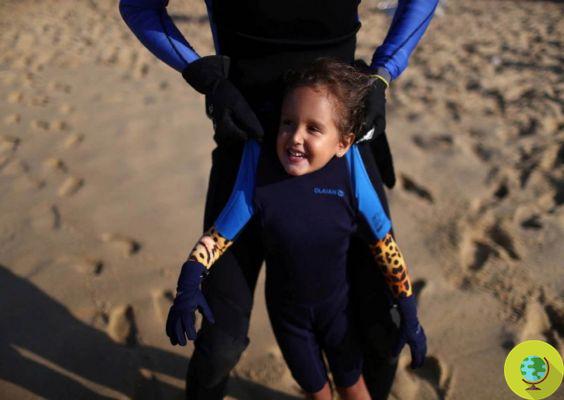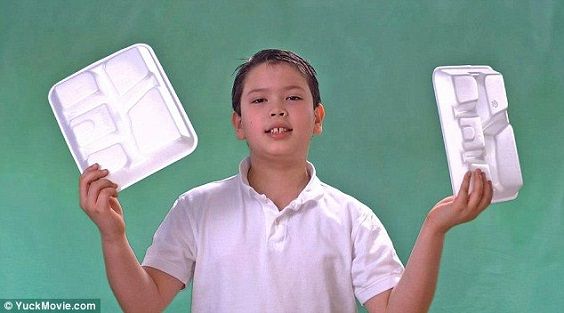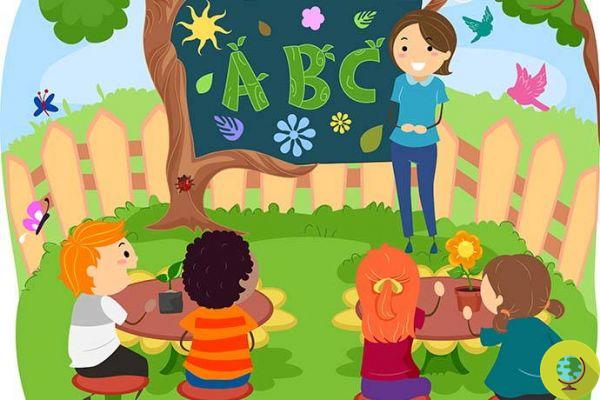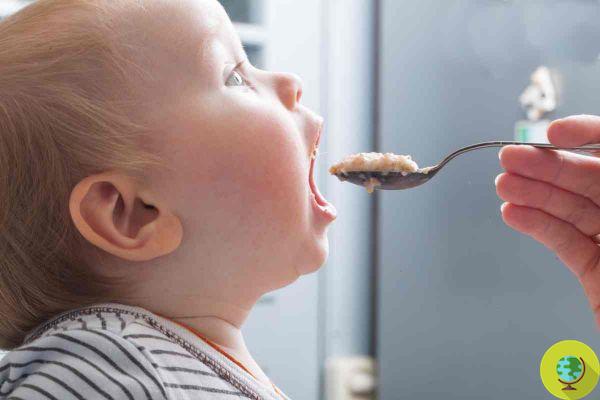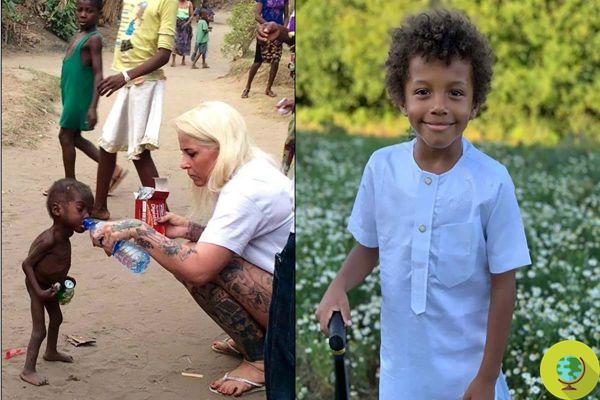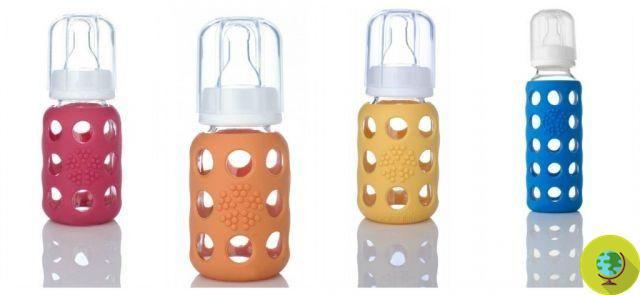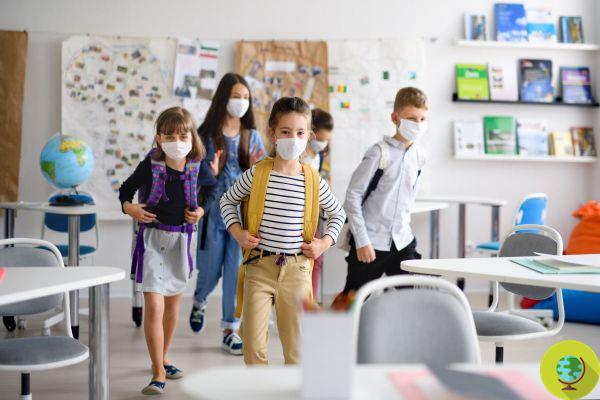Streptococcal infection. A very common problem among children who attend kindergartens, schools, sports centers, etc. It is a bacterium that can belong to different strains, nest in various areas of the body and cause different symptoms depending on the case. So let's see how to intervene in children.
Don't store avocado like this: it's dangerous
Streptococcal infection. A very common problem among children who attend kindergartens, schools, sports centers, etc. It is a bacterium that can belong to different strains, nest in various areas of the body and cause different symptoms depending on the case. Let's see then how to intervene in children.
Under the name strep they are actually hiding approx 20 different bacteria species more or less annoying and dangerous for children. The most frequent that are found, however, are undoubtedly so group A beta hemolytic streptococcus and that of group B.
Read also: STEPTOCOCCO: SYMPTOMS, CAUSES AND TREATMENTS OF THE INFECTION
It is not always easy to detect the presence of strep as often the symptoms that appear are similar to those caused by the presence of a virus or due to other reasons internal to the organism. Group A Beta hemolytic streptococcus can appear for example sore throat, plaques, skin infections, swollen tonsils and lymph nodes, headache, fever but also to let off steam in real pathologies more easily attributable to the presence of this microorganism such as scarlet fever.
Read also: SCARLATTINA: SYMPTOMS, CONTAGION AND TREATMENTS IN CHILDREN AND ADULTS (PHOTO)
Sometimes, for example, a symptom of the presence of streptococcus is one mild fever that does not go away (37-37.5 °) associated with sore throat, which can easily be mistaken for a seasonal flu.
The children most affected by strep are the ones who go from the 3 10 years (in most cases it manifests itself with pharyngitis), before it is more rare to find it as well as after the age of 14, perhaps because at that point the immune defenses have organized themselves in order to face the bacterium and nip it before it can proliferate.
The most frequent symptoms that a streptococcal infection causes are therefore:
• Pharyngitis
• Plaques in the throat
• High but also low and persistent fever
• Headache
• Swollen lymph nodes
• Tonsillitis
• Skin infections
STREPTOCOCCUS HOW TO INTERVENE CHILDREN
It is essential to identify the presence of streptococcus with the help of your pediatrician which, once the symptoms have been assessed, will propose to you perform an oropharyngeal swab able to assess whether or not the offending bacterium is present. The test is available in some pediatric clinics or in classic analysis laboratories (in this case, however, you have to wait a day or two for the answer).
At that point, having ascertained its colonization inside the organism, the simplest and most used solution is to prescribe a specific antibiotic to deal with the problem.
In case of strep infection it is very important follow the antibiotic therapy prescribed by the pediatrician for as long as necessary (which may vary from case to case but which is usually 10 days) not interrupting it sooner than expected even if the symptoms improved. This is very important to ensure that the problem of resistance to antibiotics by bacteria does not spread but also to be sure to avoid relapses. Usually a couple of days are enough from the beginning of therapy to see the symptoms disappear and at that point, covered by antibiotic therapy, you can also return the child to school as it is no longer contagious (provided of course that he feels well and is resumed).
Very important to associate during antibiotic therapy or immediately afterintake of lactic ferments or probiotics able to restore the intestinal flora compromised by the prolonged use of medicines which unfortunately not only kill the bad bacteria but also the good ones. Often they are also recommended mineral and vitamin supplements to get your baby back in shape faster.
Also on the advice of the pediatrician, gods could also be associated with the therapy natural remedies useful to support the immune defenses such as the glycerine macerate of Ribes nigrum or Rosa canina. However, it is difficult to treat streptococcus itself, especially when it comes to children, with only natural remedies.
Unfortunately thestrep infection it leaves no permanent immunity and therefore it can be contracted several times. In this sense, natural strategies can be implemented to strengthen the immune defenses of children.
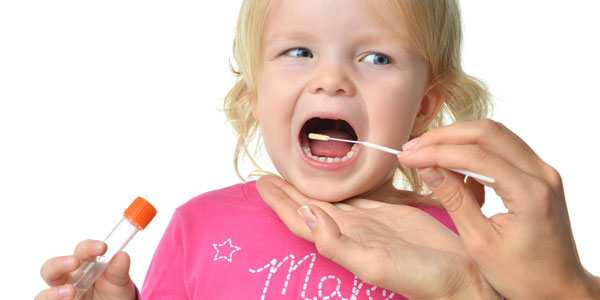
To recap of the Strep you need to know that:
• There are several strains of it
• It can cause various symptomsi (sometimes difficult to associate with the presence of the bacterium)
• In most cases it causes pharyngitis
• It can cause scarlet fever or other serious illnesses
• It is more common in children aged 3 to 10 years
• It easily contracts in kindergartens, schools and crowded places
• Diagnosed with a oropharyngeal swab
• You care with antibiotic therapy
• It can be taken several times in life
• It can be prevented by strengthening the immune system with natural remedies






